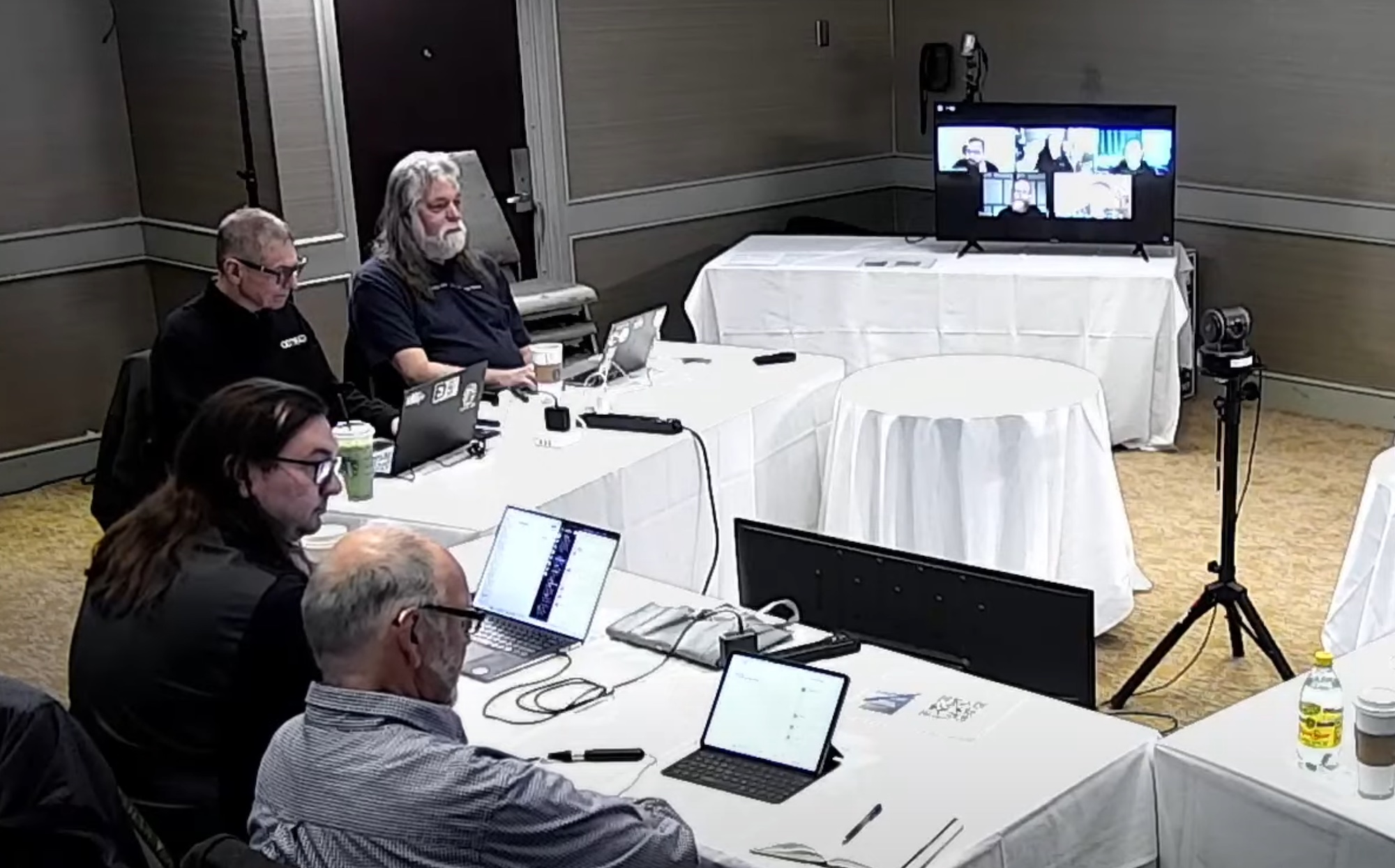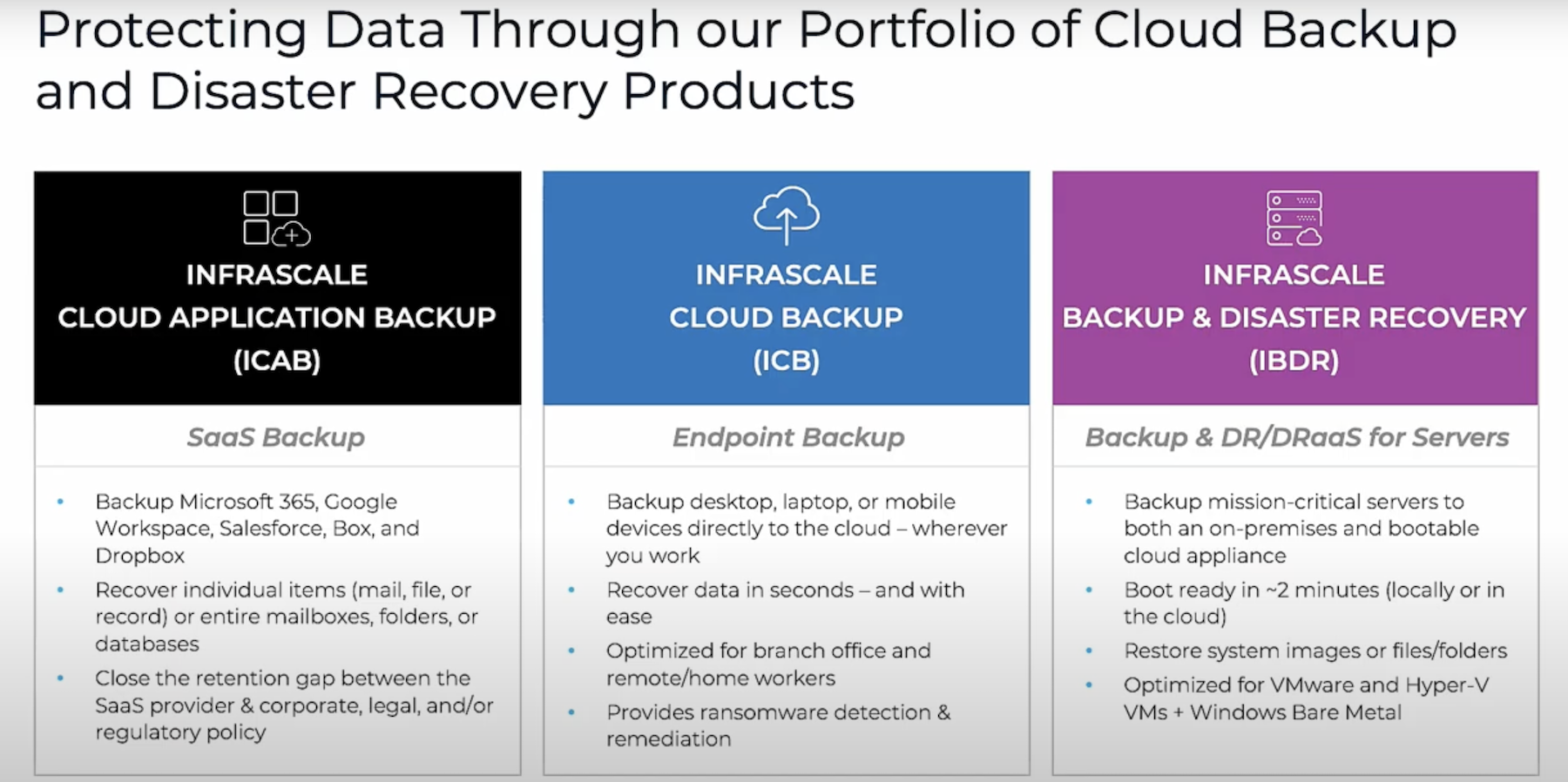As we enter the “data is the new currency” era, the amount of data, and subsequently, storage within SMBs and Enterprises alike is growing exponentially. While many enterprise customers have expertise to use complex cloud and datacenter storage products such as AWS S3 and NetApp filers IT admins and managers within smaller organization end up using simple file servers or less expensive NAS based solutions to address their needs. When it comes to cloud storage, learning to use a generic service and integrating it into their applications is often too complex or too big of a time suck to undertake amidst their growing number of projects.
For organizations that are not enterprise class and size, there is a need for storage solutions tailored to their use case. Even at a small size, massive amounts of data are being created and it is difficult to keep up with the amount of storage and availability of that storage when keeping things on premises. To address these needs we have seen a number of companies emerge with cloud storage solutions aimed at businesses with sophisticated needs, but not staff or budget for the large enterprise services. One such service is Backblaze.
The Beginning of Something Special
Backblaze began life in 2007 as a backup company for SMB and home office customers. They have become famous for their drive reliability reports in which they detail which drives they have been using in their data centers and what the failure rates have been since the time of purchase. These drives are actually consumer drives running in their famous “storage pods” which are a hardware product of Backblaze’s own design. The storage pods themselves are an open source hardware product that have caught the attention and admiration of the tech community. In fact they are so popular that the design is the basis of the product being sold by 45Drives. So much so that I have been told by folks at Backblaze that the only material change to the design is branding. The storage pod has become very popular over the years and Backblaze is celebrating its 10th birthday and 6 generations of designs.

Happy 10th Birthday, storage pod!
More Than Just Backup
While Backblaze’s original product was backup software designed to run on Windows and Mac, they are very well known for their object storage service, B2 as well. Released in 2015, B2 is primarily used by organizations that have their own backup software that they would prefer to use while leveraging Backblaze’s storage. While backup is the main use case for B2, it has also become popular in specific verticals like media and entertainment (M&E) and genomics. In fact some applications are beginning to support B2 natively rather than connecting to it as a generic S3 based service.
Backblaze feels that the reliability of their service, including price the reliability of the price, is their differentiator. Customers know that the service will be available and they will be able to access their data when they need it. In addition to their low storage costs, Backblaze is proud that their egress costs are lower than most services. Backblaze charges $.01/GB compared to $.09/GB by most other object storage services. In fact, Backblaze finds that other cloud storage services are not their biggest competitor, but that inertia is. Many organizations need to make the decision between adopting cloud storage or sticking with the stack of old servers in a closet. For those organizations that are ready to move on to cloud storage, Backblaze has created a service that is reliable, cost effective, and easy to use.
Ken’s Conclusion
As cloud services have matured, the question of if organizations will adopt the cloud has become a question of when they will adopt the cloud instead. For many organizations the biggest barrier to entry has been the complexity and steep learning curve associated with the cloud. In fact, if you want to go cloud native and make use of technologies such as serverless, Kubernetes, and containers, you will still go to the big cloud providers, but you will also be spending a lot of time and resources adapting from a traditional application architecture mindset. For those that need the benefits of cloud storage now, they will likely find that Backblaze is a good fit.




